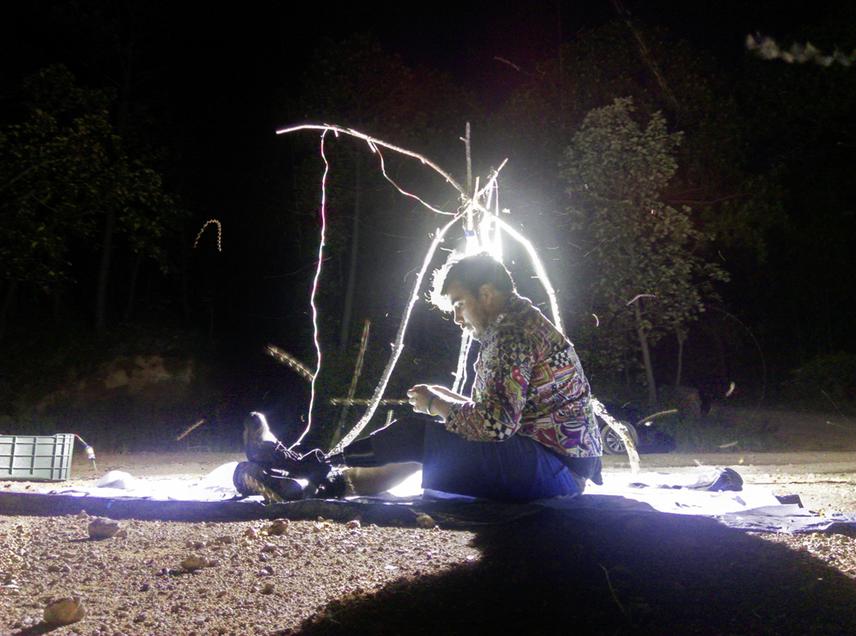Jorge Adilson Pinedo Escatel
Other projects
1 Jun 2020
Hidden Inside the Mountain: How Threatened is Leafhopper Biodiversity Within Native Forests of the Sierra Madre Del Sur, Mexico?
Native forests of the Sierra Madre del Sur harbour some of the highest levels of endemic biodiversity in America but are threatened by human activities including development and deforestation. This project will develop habitat quality metrics for these forests using leafhoppers (Hemiptera: Cicadellidae), a diverse group of insect herbivores with numerous species endemic to the Sierra Madre del Sur. To know species composition of leafhopper communities can help to identify areas of high-diversity-endemism and facilitate monitoring of changes to diversity in response to human activities. Data compiled through sampling of leafhopper diversity at different localities in the Sierra Madre del Sur will document responses of leafhopper communities to different kinds of habitat fragmentation and disturbance and identify areas of highest diversity and endemicity that can be prioritized for conservation. The project will inform conservation planning by identifying biodiversity hotspots and providing a new baseline for monitoring changes in leafhopper biodiversity.

Brendan Morris sampling using light trap in Pine.Oak forest. © Adilson.
Species of the big herbivorous insect family Cicadellidae (leafhoppers) have been used as indicators of healthy habitats due to high dispersion in beneficial environments. The mountain-complex of the Sierra Madre del Sur in Mexico is a long terrain poorly studied and is known to comprise many endemic species that depend on its floristic resources. Little information is available on the conservation status of forests and leafhoppers biodiversity in this region. Insect herbivores such as leafhoppers have been shown to be a key in the evaluation of natural wild systems in term of biodiversity because of their high diversity, endemicity, and sensitivity to different kinds of disturbance.
These mountains in the Sierra Madre del Sur included exclusive vegetation as Oak/Pine Forest, Tropical Evergreen Forest, Tropical Dry Forest, and the Mountain Cloud Forest, the most endangered habitat in the world. Forests of the Sierra Madre del Sur are among the most biologically significant but are highly threatened by human activities.
During the fieldwork technical methodologies will be implemented in leafhoppers and forest that help us easily compiled data of the region. The study will be carried out during two consecutive years to understand biological patterns and relationships between leafhoppers and forest, where they will show us a panorama of the general impact of abiotic, biotic, and human factors involved.
The project will help the state of conservation of different types of forest-areas by using leafhoppers. We aim to identify the leafhoppers species at risk to define their status and will include them under special government programs to preserve this threatened fauna. Take information of evaluated sited selected through this study will generate mitigation of biological corridors and show to everyone links between most complex systems (hotspots) on forest and leafhoppers in tropical areas in America.